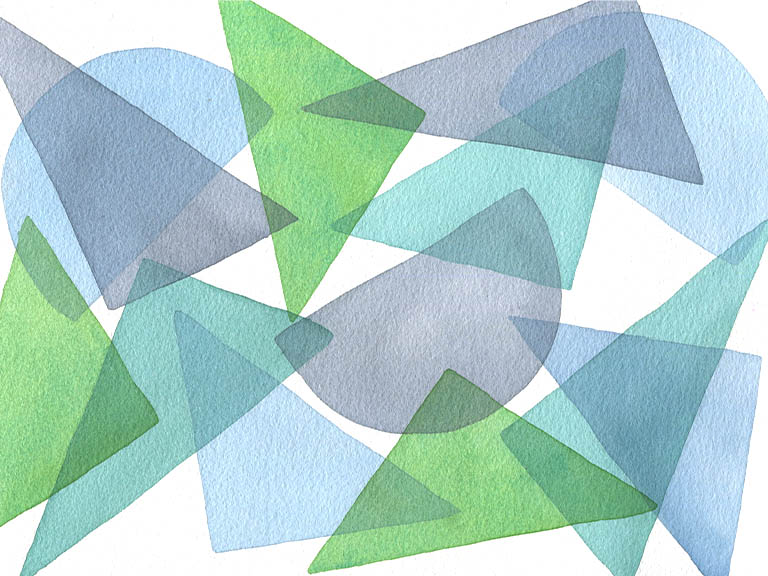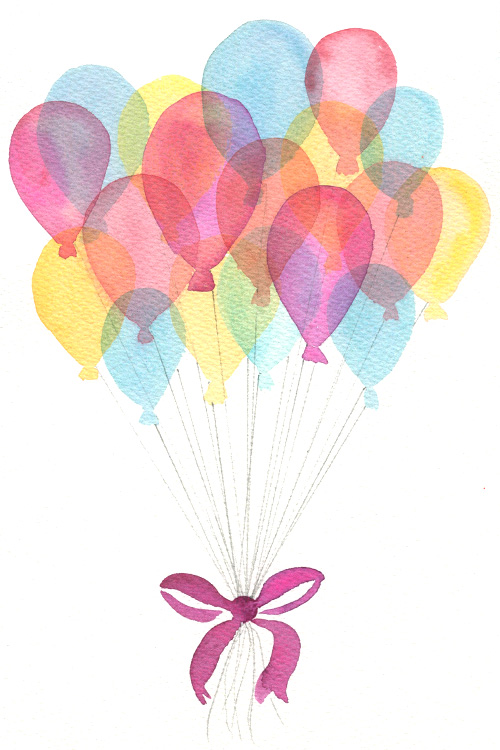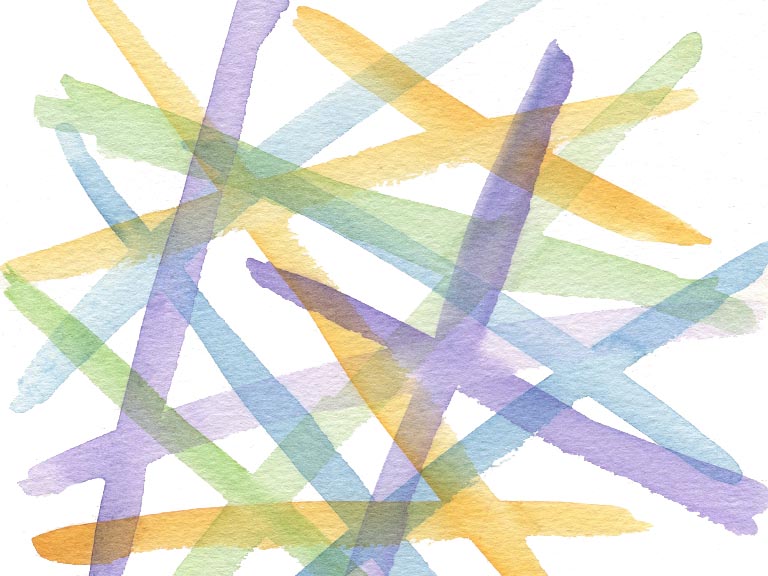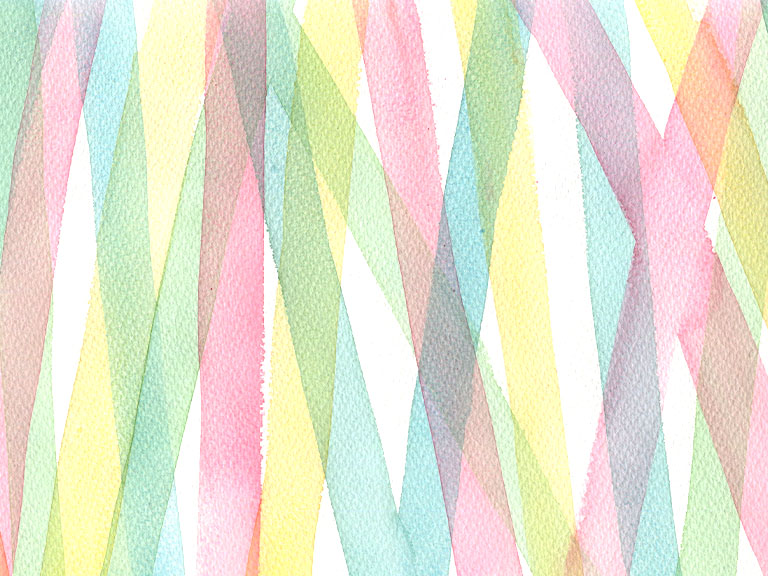Glazing is a captivating technique in watercolour painting that involves layering transparent washes of paint to create depth, richness, and luminosity. It lets you build up layers of translucent colours for a unique effect that you can’t get with other paints.
In this guide we’ll look at how to create a glazing effect in watercolour painting so you can create luminous artworks.
What is glazing in watercolour painting?
Glazing is the process of applying thin, diluted washes of colour over previously dried layers of paint. Each layer of glaze allows the underlying layers to shine through, creating a sense of depth and enhancing colour intensity.
Glazing is particularly effective in watercolour because most paints have a transparent nature, allowing light to pass through the layers and creating rich, luminous paintings.

How to mix paint for glazing techniques
To create watercolour glazes, you’ll need really thin paint mixtures. This means much more water than paint until it creates a light wash. Use a scrap of paper to test your colours and make sure they are diluted enough. If you add a layer of paint that’s too thick, you won’t be able to see the layers underneath.
Read more: Guide to how much water to use in watercolour painting
How to create glazing effects in watercolour
- Make sure your water is clean – get fresh water in your jars so the colours can get really light. Then mix your paints as thinly as possible.
- Start by applying a wash of the base colour across the entire paper. This base layer sets the foundation for the glazes on top. Ensure it’s smooth and light, with no heavy spots.
- Allow the base layer to dry completely. You need to make sure that any layers you paint over the top don’t lift or blend with the underlying wash. You can use a hairdryer to speed this process up, but let the paper cool back down before painting on it again.
- Apply the first watercolour glaze. Load up your brush and apply the glaze evenly over the dried base layer. Keep the brushstrokes smooth and consistent to achieve a uniform glaze, and make sure to catch any puddles to avoid hard edges.
- Allow the first glaze to dry fully. Patience is key here, but it’s worth it in the end!
- Repeat the watercolour glazing process as you like, applying subsequent glazes of different colours over the dried layers. Each glaze should add depth, intensity, and complexity to your painting.
Want really smooth glazing? Read my guide to creating watercolour washes.

How to use glazing in watercolour
There are lots of ways to use this effect. Here are some of my favourite watercolour painting ideas for glazes:
- Create overlapping lines or circles for a simple abstract painting that focuses on colour
- Paint a big bunch of balloons for a birthday card
- Layering leaves on an evergreen wreath for depth
- Paint sunny landscapes by glazing the whole area with a golden yellow to create a sunshine effect
- Add sunglasses over a portrait without hiding the eyes underneath
- Create transparent overlapping petals for a luminous flower
- Paint a shelf of bottles and drinking glasses
- Build a painting of boiled sweets in rich jewel colours
Can I mix colours with glazing?
Yes, glazing is also great for playing around with colours. For example, you can mix up a colour wheel using glazes of red, yellow and blue to create all the secondary colours? If you glaze blue and yellow, it should give you a green shade where it overlaps. Or try layering opposite colours to create muted areas, such as red and green, which can give you gentle browns and greys where they overlap.

My top tips for painting glazes in watercolour
Add more water than you think you need. The dilution needed for glazes is really strong, so keep adding water to your mixture.
Start with a limited colour palette. Begin with a small selection of colours to avoid overwhelming yourself and keep experimenting with your palettes.
Use transparent pigments. Watercolour paints with transparency work best for glazing techniques. They allow the light to pass through, creating luminosity and depth.
Be patient. I know it’s frustrating waiting for paint to dry, but rushing the process may result in unwanted blending or muddy colours. Allow each glaze layer to dry completely – it should feel properly dry to the touch.
Layer from light to dark. Start with lighter colours in your glazing process, gradually building up to darker tones. This technique helps achieve depth and luminosity.
Use a larger brush. Bigger brushes hold more water and paint, allowing you to cover more area and keep the paint smooth.
Experiment with different brush sizes and strokes. Varying brush sizes and strokes can create interesting textures and effects within your glazes.
Now you know all about glazing effects in watercolour! Create your own beautifully layered artwork to make the most of watercolour’s unique transparency.
Want to learn more watercolour techniques?
Download my free watercolour supply guide
Feeling overwhelmed and confused by watercolour paints, papers and brushes? Download my free guide filled with insider info, including a list of good supplies for every budget, and my complete supply list!
